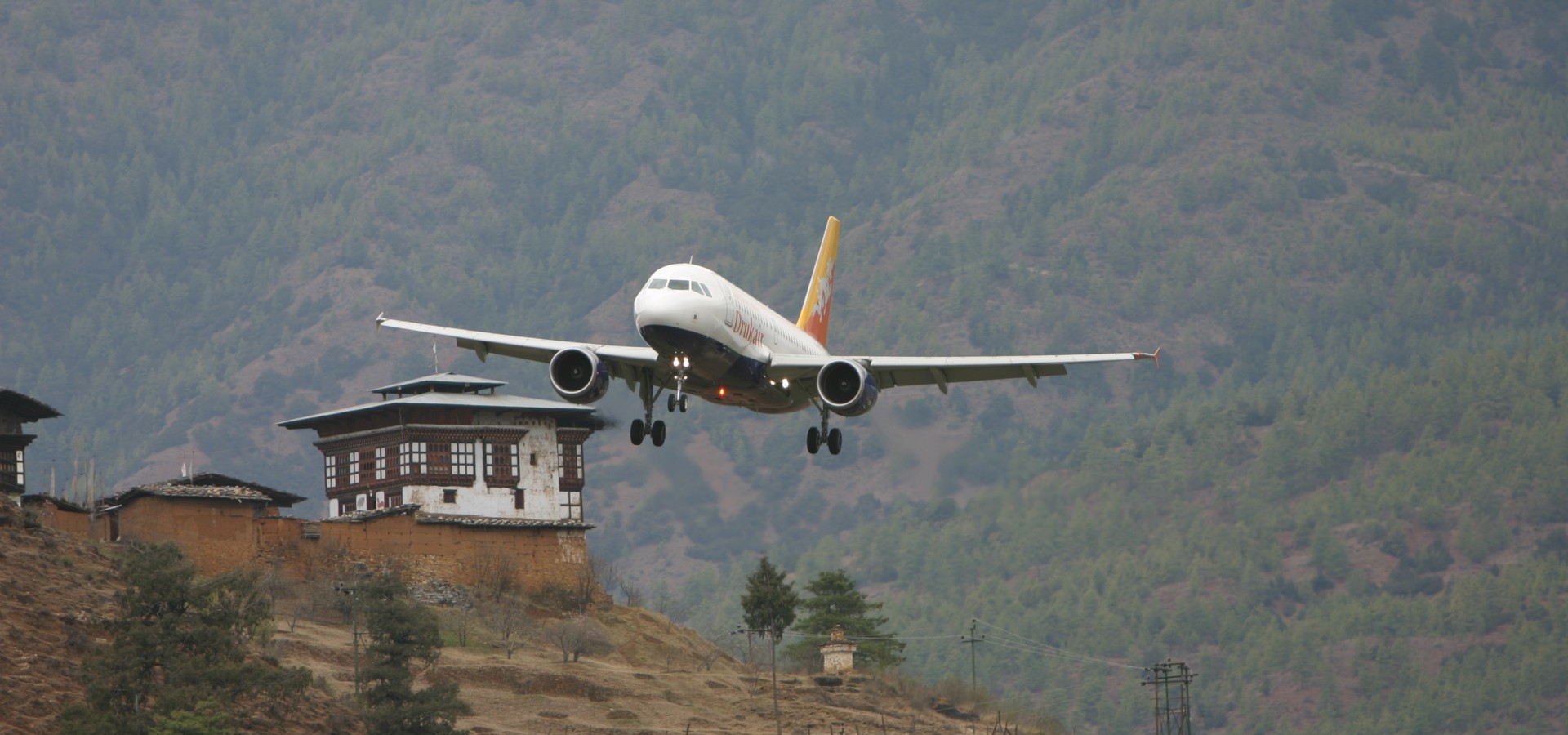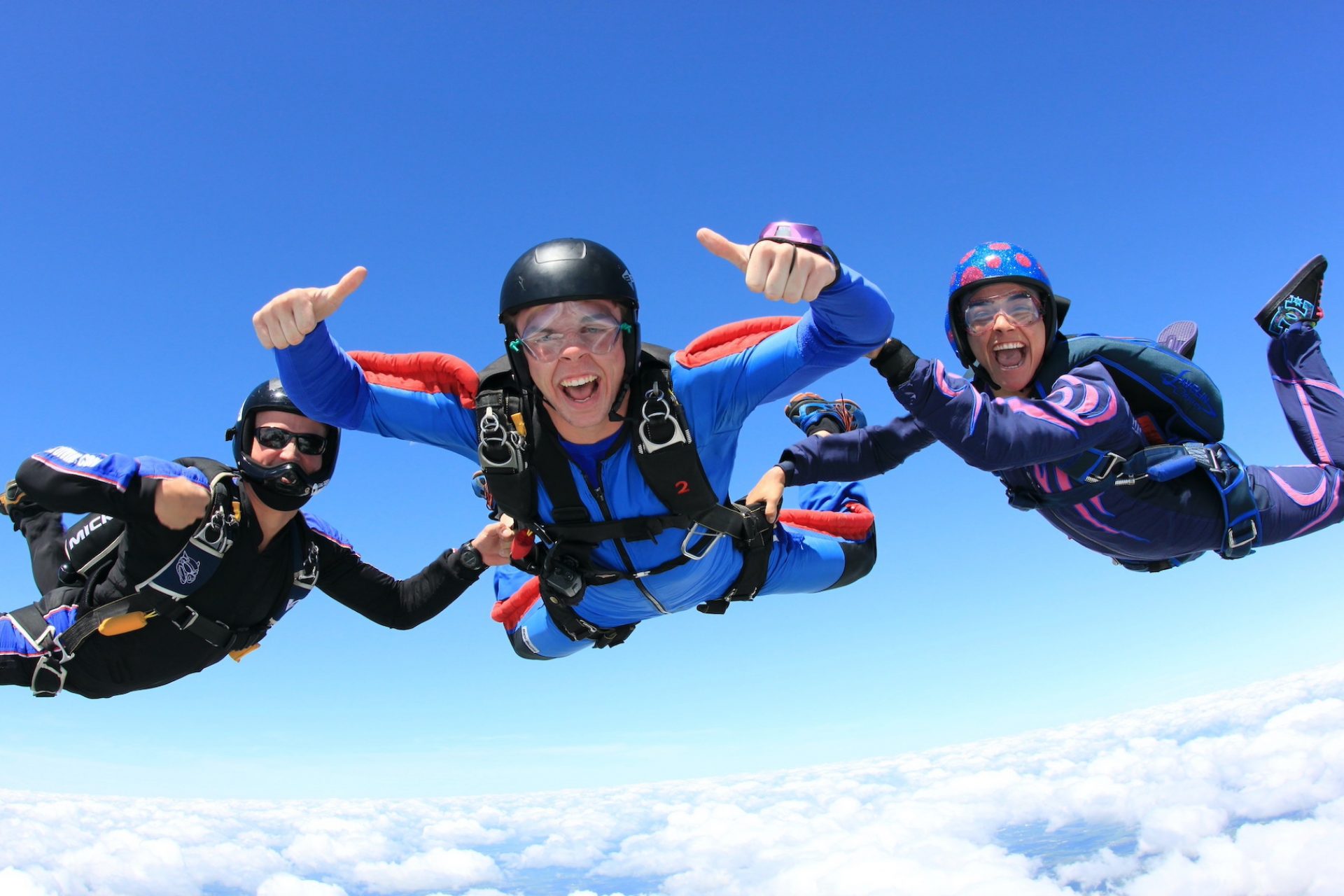This tour in Bhutan is designed for tourists wishing to see the Black Neck Cranes roost in the Phobjikha valley during the winter months of November to mid February. Locals have started a Black Neck Crane Festival, which is on the 11th of November this year, where one can watch the birds roosting, as well as bargain for handicrafts and enjoy local games and mask dances in honour of the birds. You will also be visiting old and revered monasteries, temples and fortresses and hike to Taktsang Goemba.
Day 1: Paro-Thimphu
The flight into Paro will provide you with a spectacular view of the Himalayan mountain ranges. During the descent one can enjoy a panoramic view of the Paro valley. Upon arrival you will be received by our representative at the Paro International Airport exit doors.
After lunch you will visit Ta Dzong “Watchtower” Museum complex which houses an impressive collection of old and new thangkas (painted or embroidered religious pictures), religious relics and festival dance masks among other collections with historical value. The Museum also has a natural history collection on display.
Next you will visit Rinpung Dzong which is a perfect example of Bhutanese architecture with its thick buttressed walls. Dzongs were used as forts during times of war and this fort was used numerous times to thwart invasions from Tibet. At present, it is used to house the monastic body as well as district government offices.
Afterwards we will drive to the capital city Thimphu which is a short 1-1hr 20 minutes drive from Paro. We will check in and you will spend the night at the hotel in Thimphu.
Day 2: Thimphu
After breakfast we will start the day off with a visit to the National Memorial Chorten, built in 1974 as a memorial to the third king of Bhutan. The next item on the itinerary will be a visit to Changangkha Lhakhang which is a popular fortress like temple perched on a hill overlooking the Thimphu valley. We will then move towards Buddha Point where a 50m tall Buddha Dordenma is currently in the final stages of completion.
After lunch we will continue sightseeing with a visit to the Folk Heritage Museum where one can visit a restored medieval farmhouse. Then, a visit to the National Institute of Zorig Chusum (the 13 arts and crafts) where specialization courses in Thangka making, woodcarving, embroidery, and sculpting are provided to students.
If time permits, the day will end with a visit to the Takin Zoo (Takin is the national animal of Bhutan). On the drive back to your hotel, you will see the Tashichhodzong, which houses His Majesty’s secretariat, office of some of the ministries and the central monk body. You will spend the night in your hotel in Thimphu.
Day 3: Thimphu
After breakfast we will start the day off with a hike to Tango or Cheri Monasteries, a short 45 min hike up laid paths through the thick forest of pine trees.
The alternative item on the agenda is a visit to Phajoding Monastery from where one can get a wonderful view of Thimphu city on the valley floor. The hike to Phajoding will take approximately 4 hours.
In the afternoon we will continue sightseeing in Thimphu with a visit to the Traditional Paper Making Factory to see the workings at the factory, then we will move on to the National Library, which houses a large collection of Bhutanese scriptures dating back to the 8th century.
Day 4: Thimphu – Punakha
After breakfast, we will start the 3 hour journey towards Punakha. On the way, we will make a brief stop at Dochu-la pass (3,140 m above sea level) where on a clear day one can enjoy an incredible view of the Himalayan mountain ranges. This is the place where an impressive collection of 108 chortens and hill side marked by an array of prayer flags can be seen. As you drive down towards Punakha Valley, you can enjoy the view of the hillsides filled with rhododendrons in full bloom during the months of April and May.
Before entering Punakha, you will pay a visit to Chime Lhakhang which was built by the cousin of Lama Drukpa Kuenley who is more famously known to the western world as the Divine Madman. Drukpa Kuenley is considered as a symbol of fertility and couples having difficulty conceiving often visit the temple to receive blessings. After lunch at the Chimi Lhakhang cafeteria we will head towards Punakha.
Punakha was the old capital of Bhutan till the mid 1950’s. It was built by Zhabdrung Ngawang Namgyal in 1637. It is the winter residence of the chief abbot Je Khenpo and hundreds of monks who move from Thimphu to Punakha and reside here during the winter months. It is a perfect example of Bhutanese architecture with pillars carved out of cypress trees adorned in gold, red and black colors, thick buttressed walls, and three large courtyards. You will spend the night in your hotel in Punakha.
Day 5: Punakha-Phobjikha
On day 5, we will drive (3 hours) to Phobjikha which is a glacial valley (2900m) and known mainly for the large flock of Black Necked Cranes that roost here during the winter months (November to mid-February).
The sightseeing will continue with a visit to Gangte Goemba which rests on the hill overlooking the entire Phobjikha valley. Moving on, we will visit the Black Necked Crane Information Centre where you can learn more about the Cranes and the environment of the valley.
If time permits, we will arrange short hikes for you before you return to your hotel. You will spend the night at your hotel in Phobjikha.
Day 6: Phobjikha- Wangdiphodrang.
We will spend half a day hiking along the Gangte Nature Trail, exploring the surrounding villages, potato fields and Lhakhangs.
We will then drive to Wangdiphodrang (3 hours) in the afternoon and with some luck you may hope to see the highly endangered White Bellied Heron along the Punatsangchu river bed. You will spend the night at your hotel in Wangdiphodrang.
Day 7: Wangdiphodrang- Paro
The next day we will drive back to Paro (5 hours), with a stop at Dochu La for lunch. Afterwards we will proceed to Paro where you will be given the opportunity to visit handicraft and souvenir stores lined along the main street of Paro town. You will spend the night at your hotel in Paro.
Day 8: Paro
After breakfast we will start the 2 hour hike to Taktshang Goemba which rests at an altitude of 900 metres above the valley. Taktshang, meaning the ‘Tiger’s Nest’, is one of Bhutan’s most venerated pilgrimage sites and is a very popular site for all tourists visiting Bhutan.
According to legend, Guru Rinpoche miraculously flew here on the back of a tigress, meditated in a cave for three months and converted the whole of Paro valley to Buddhism.
On the way down we will halt at Taktshang Cafeteria for lunch. In the afternoon, a trip to visit the ruins of Drugyel Dzong, built in 1646 by Zhabdrung Ngawang Namgyal to commemorate his victory over the Tibetans in 1644. Drukgyel means ‘the fortress of the victorious Drukpas’.
On the way back, if time permits, we will take you to see Kyichu Lhakhang, one of the oldest temples in Bhutan, built in the 7th century by the famous Buddhist Tibetan King Songtsen Gampo. You will spend the night in your hotel in Paro.
Day 9: Depart Paro
After breakfast at the hotel our representative will bid farewell to you at the airport.
We wish you a safe journey towards your next destination. Tashi Delek.
The best way to see Bhutan.




